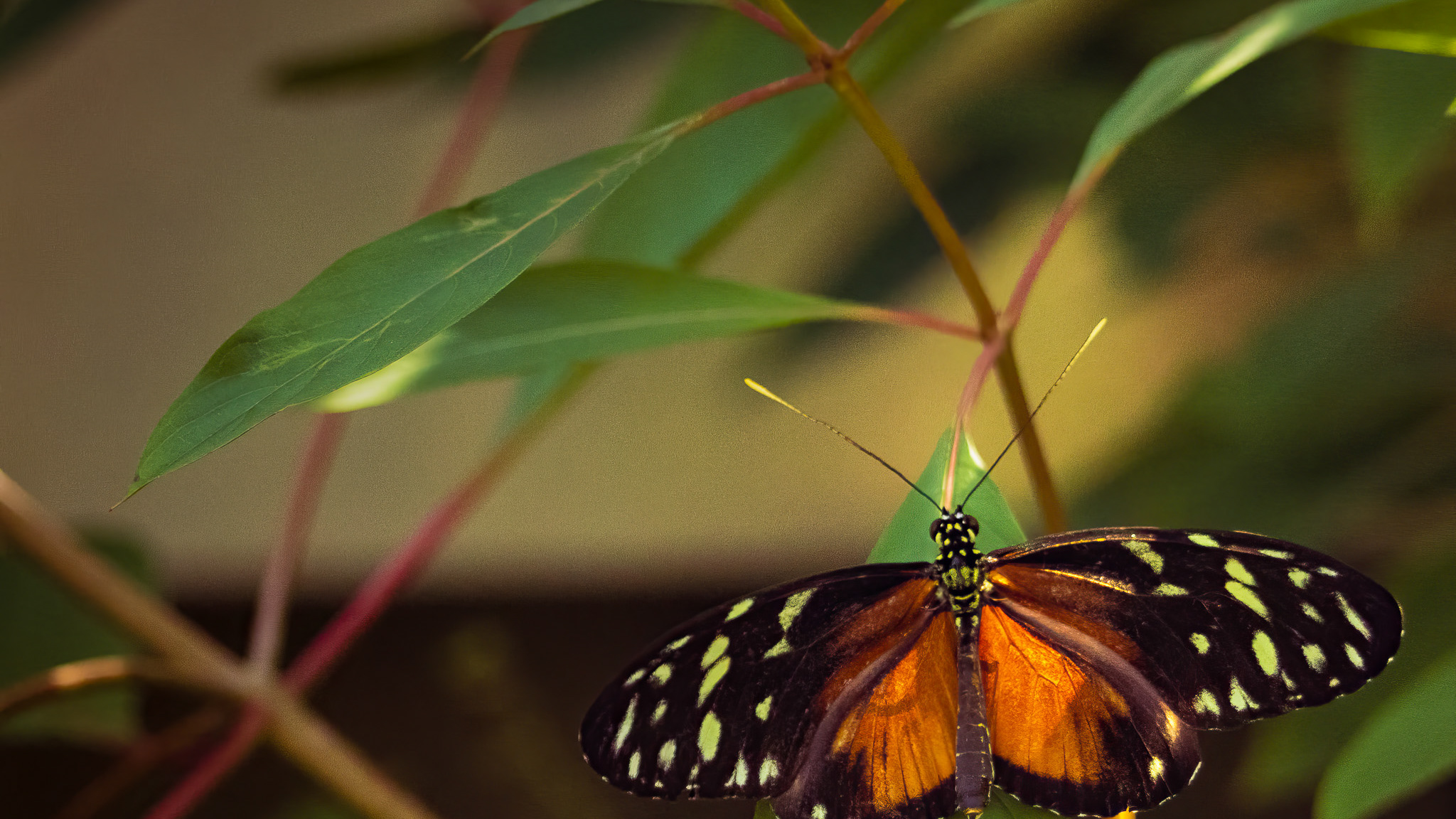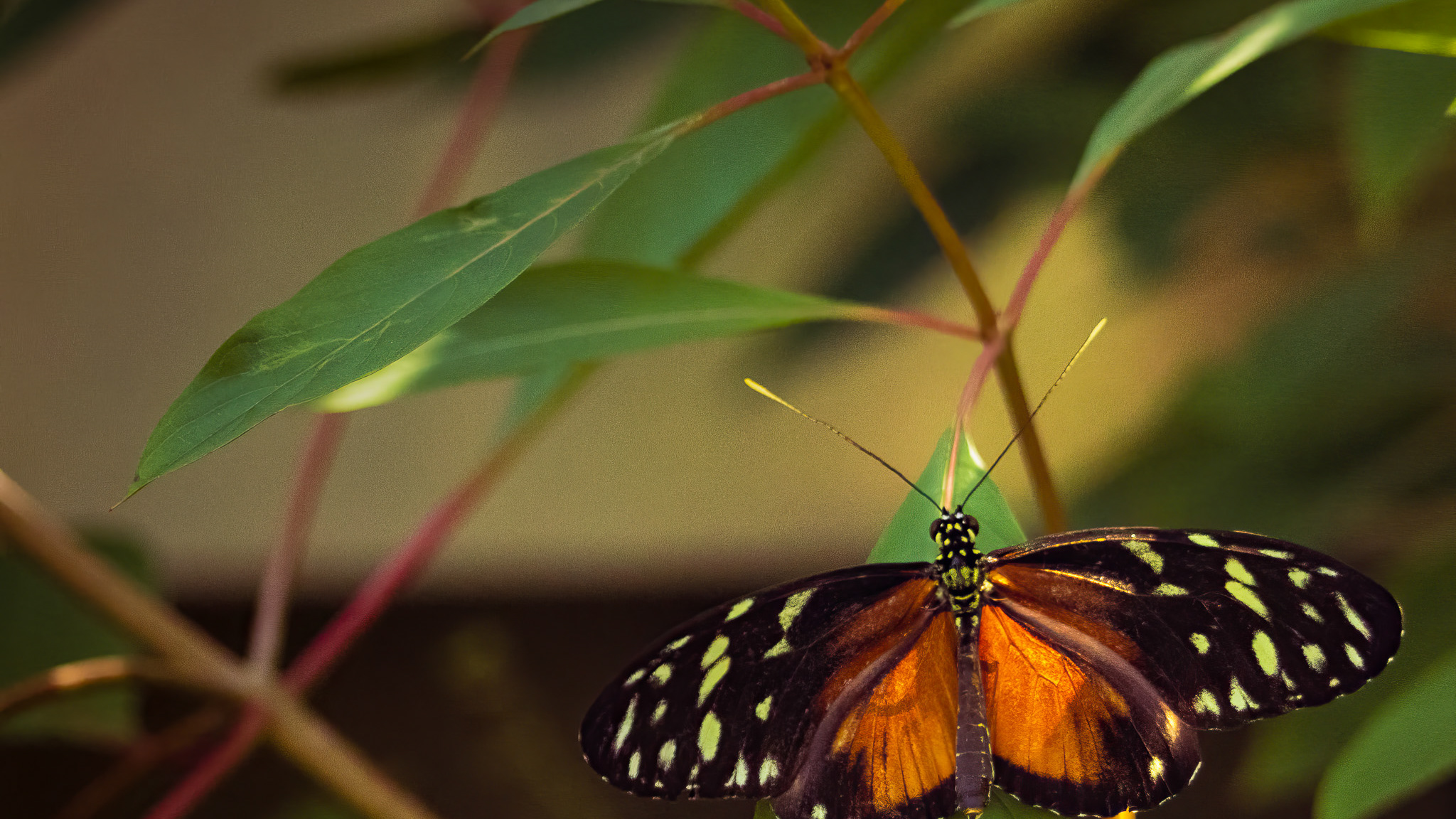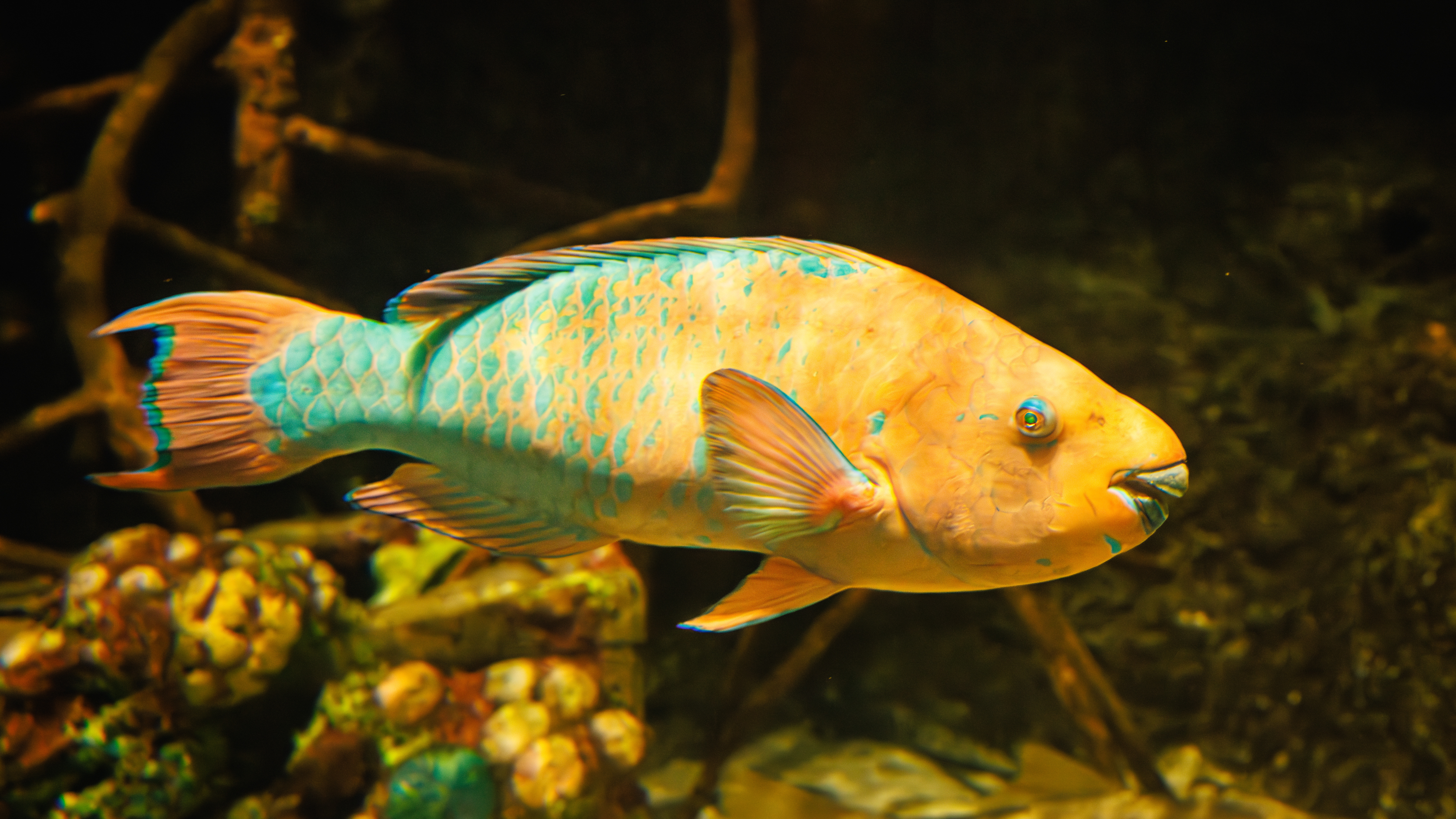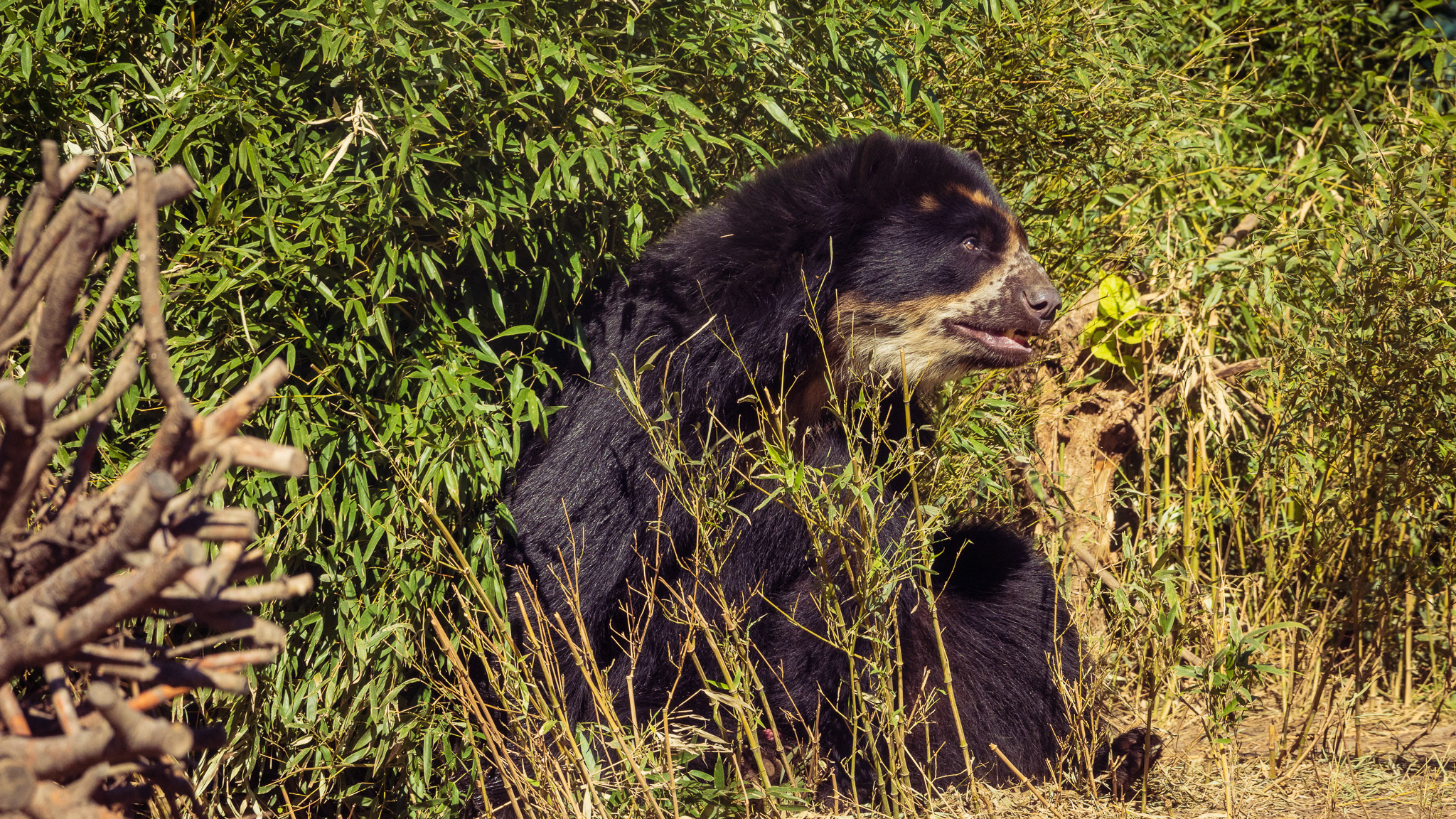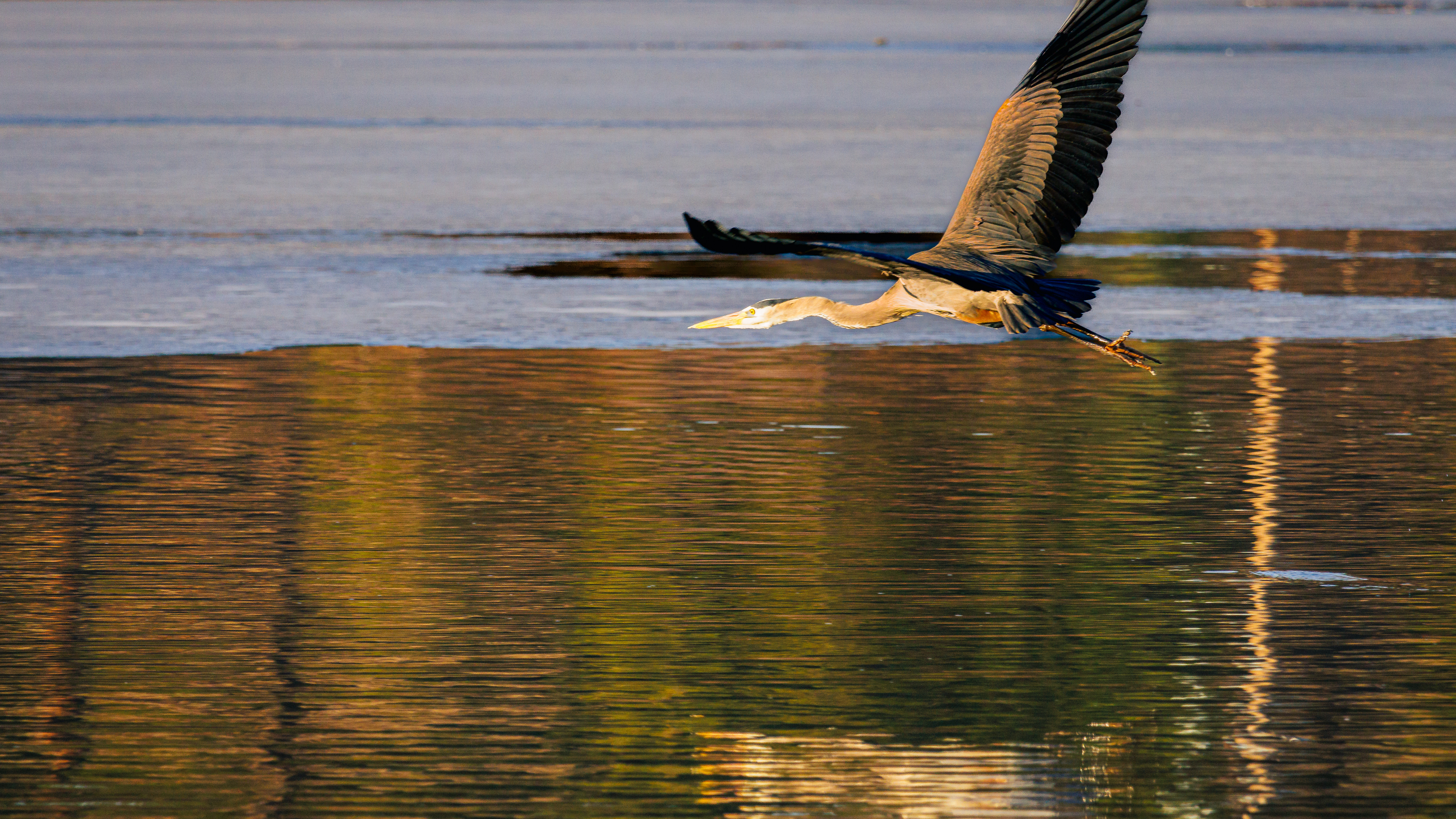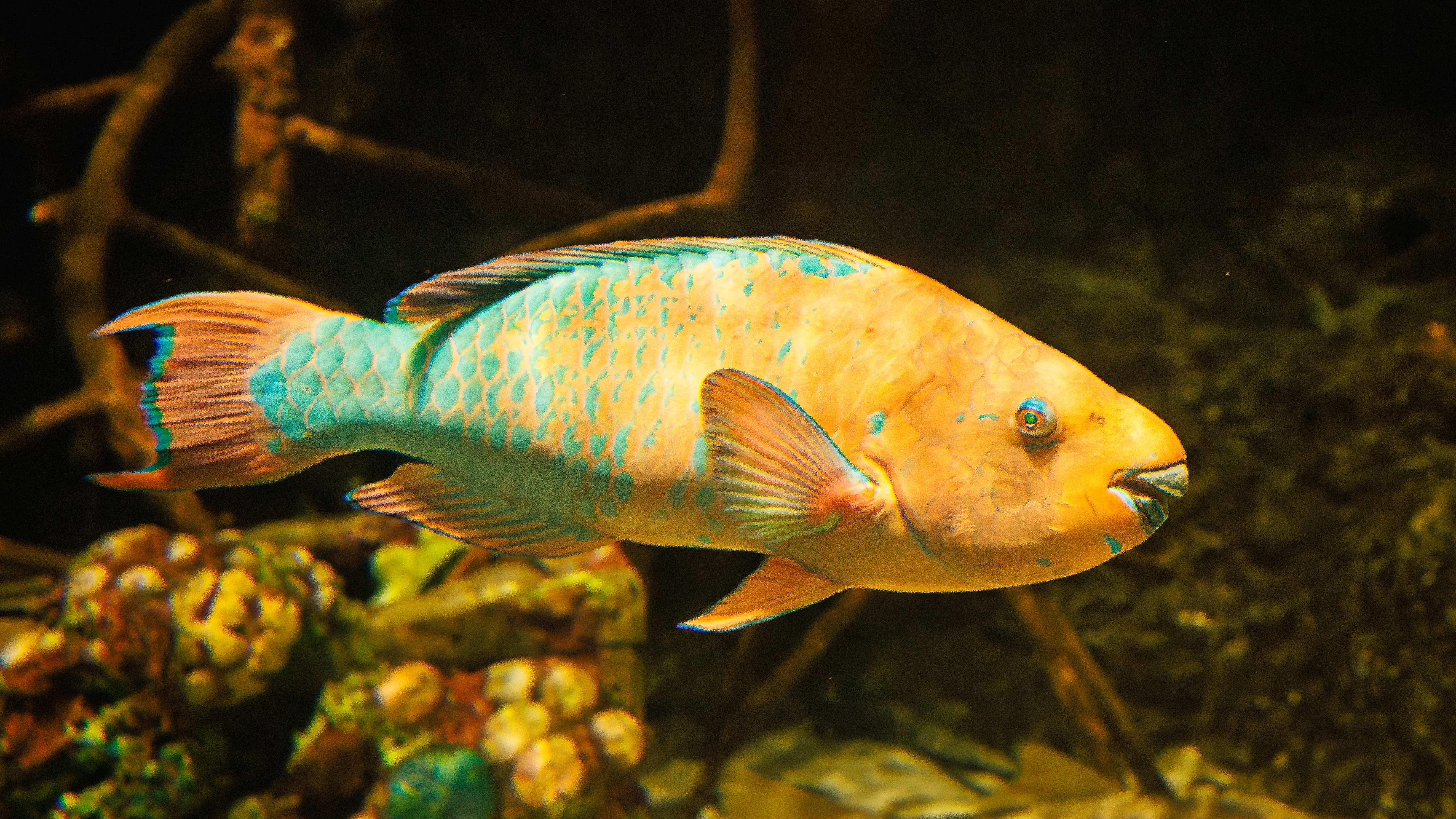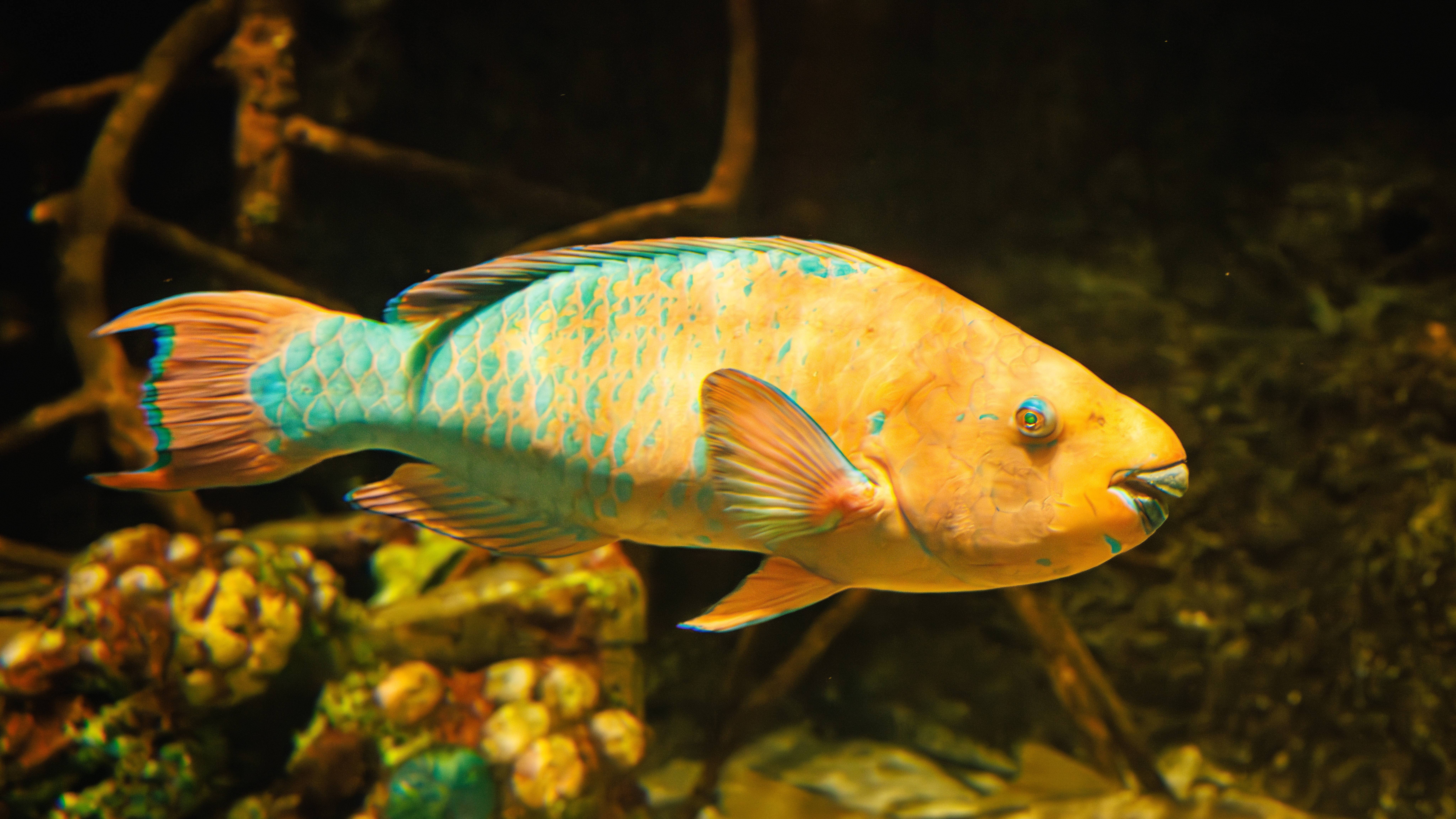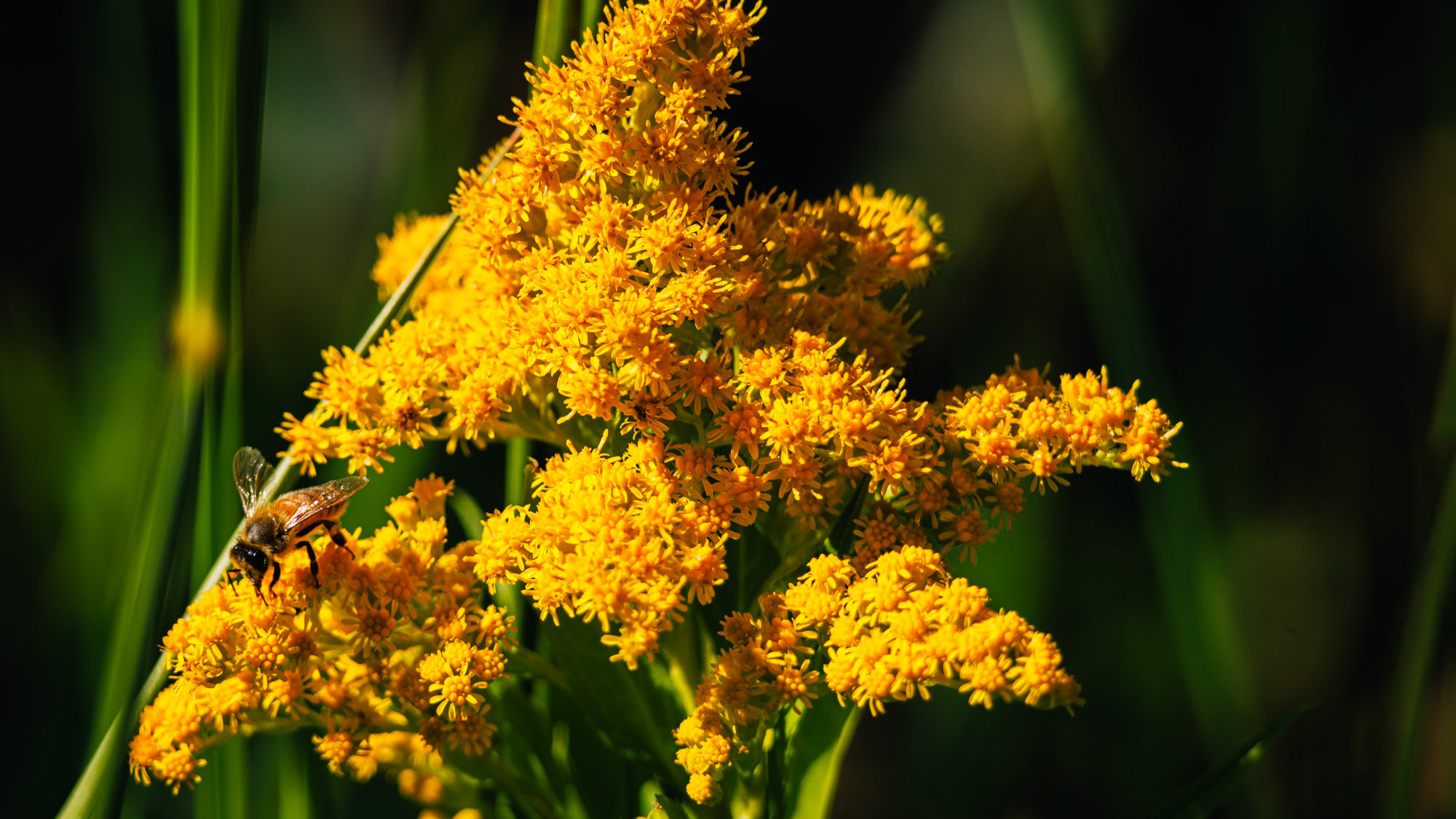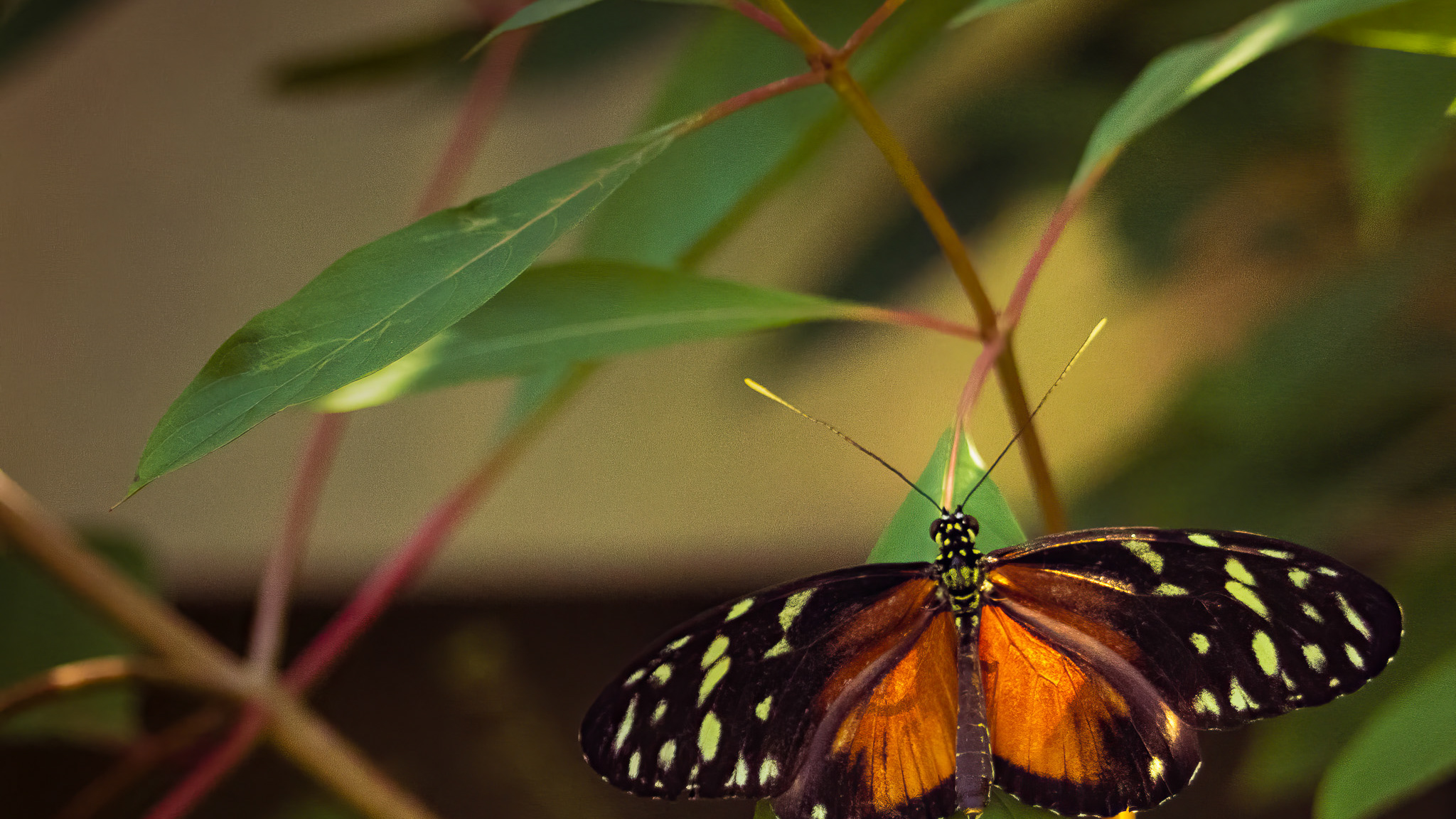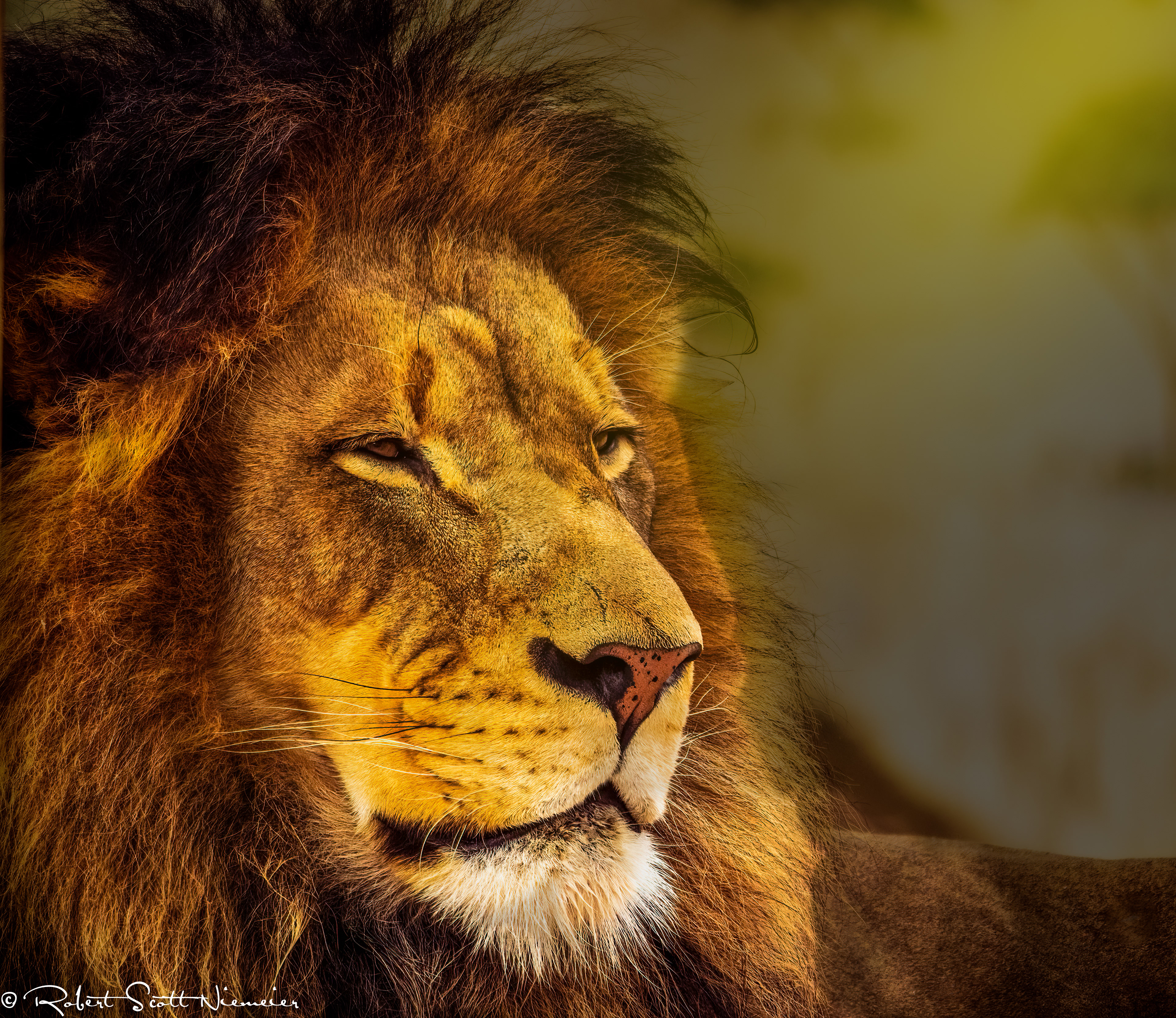
Lion
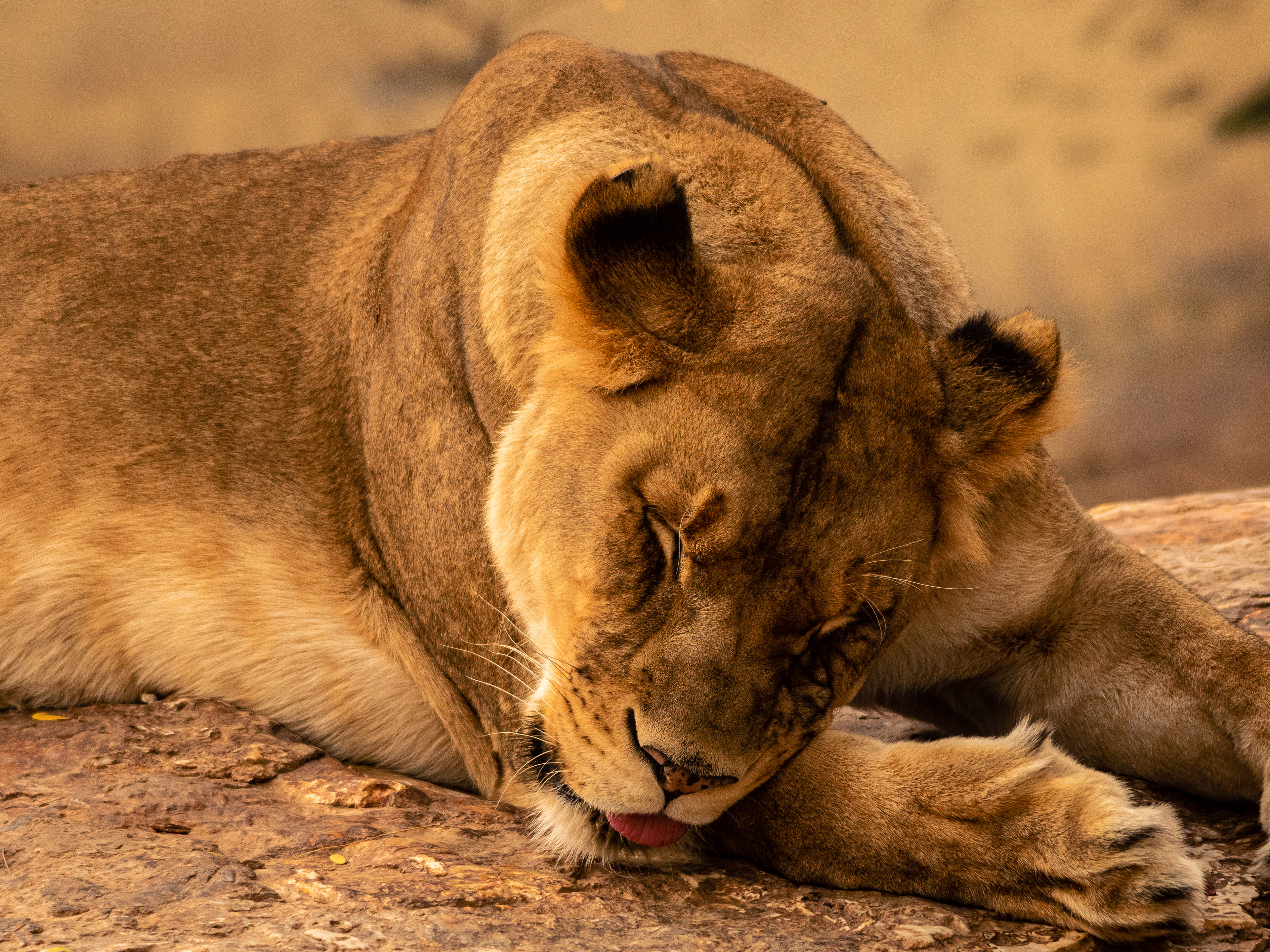
Lioness
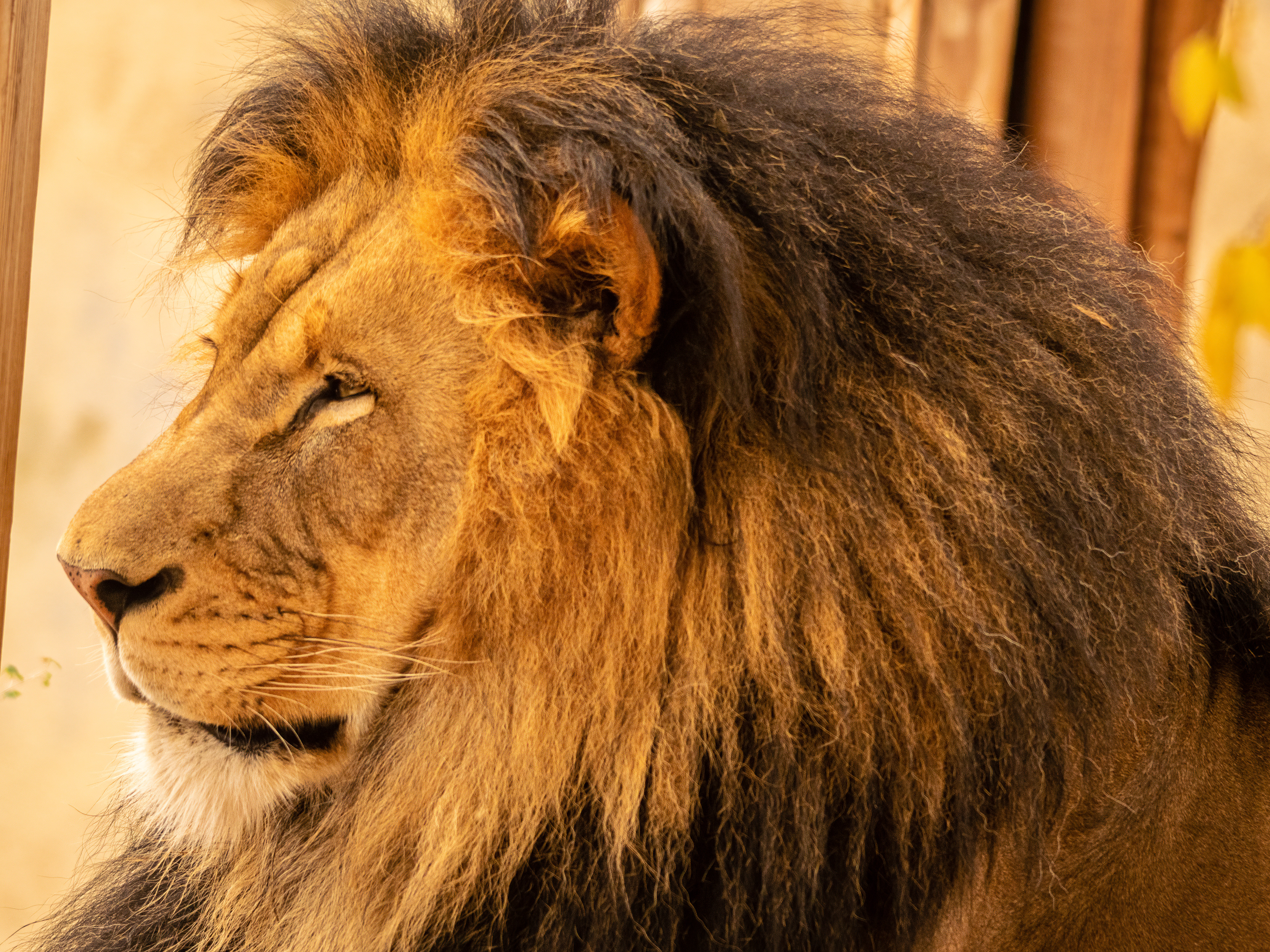
Lion
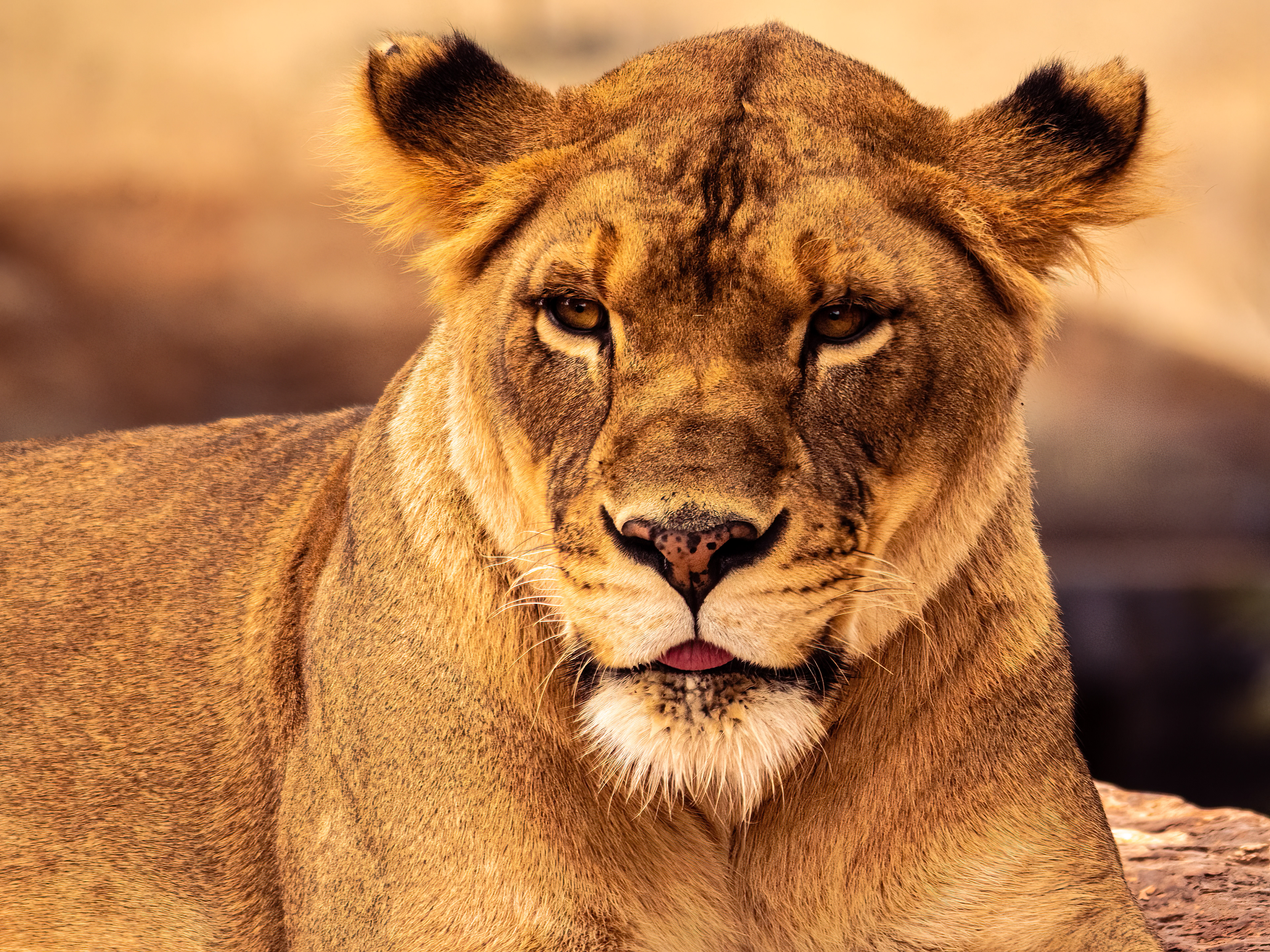
Lioness
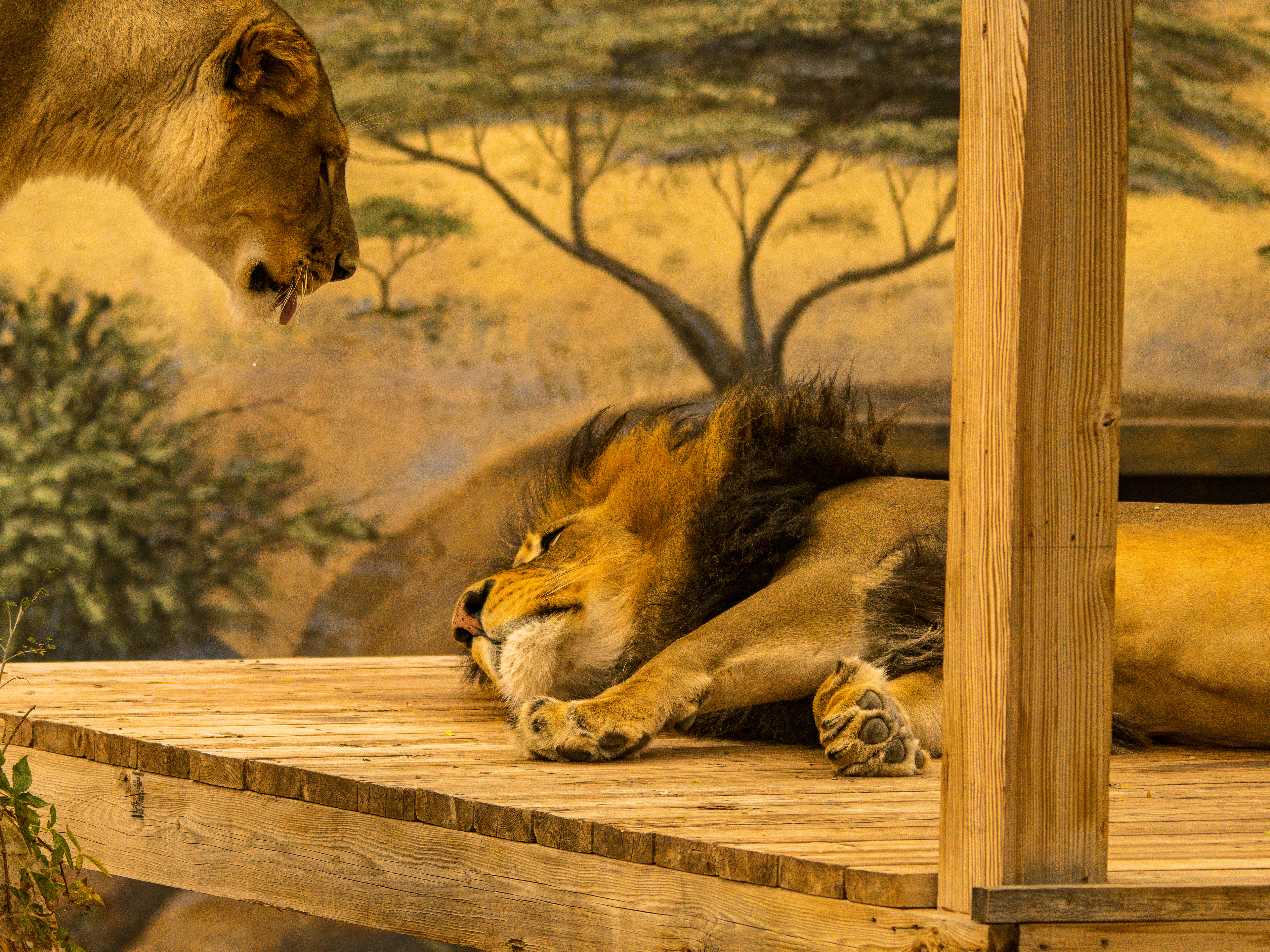
Lioness telling her husband to get up and hunt!
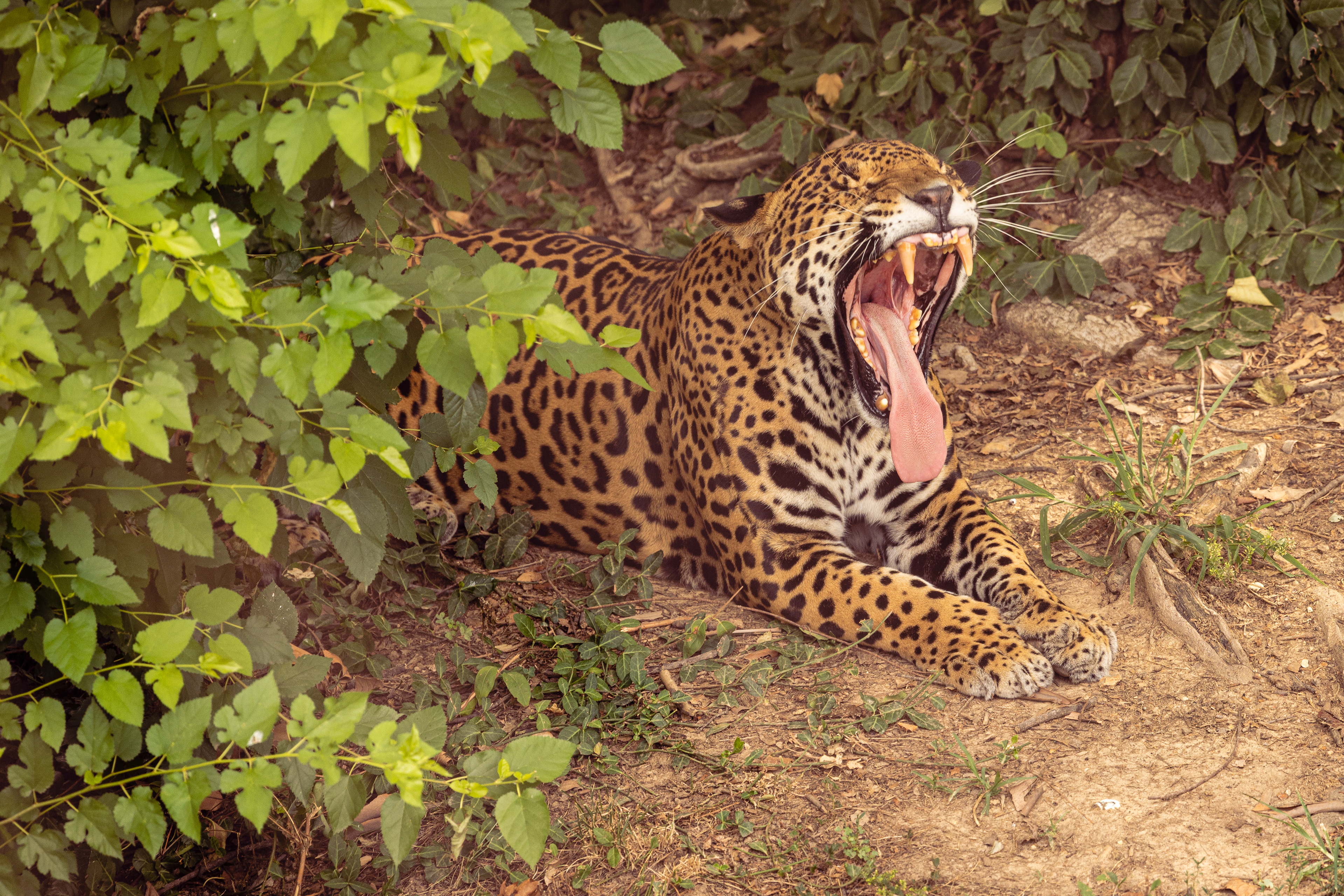
Leopard Yawning
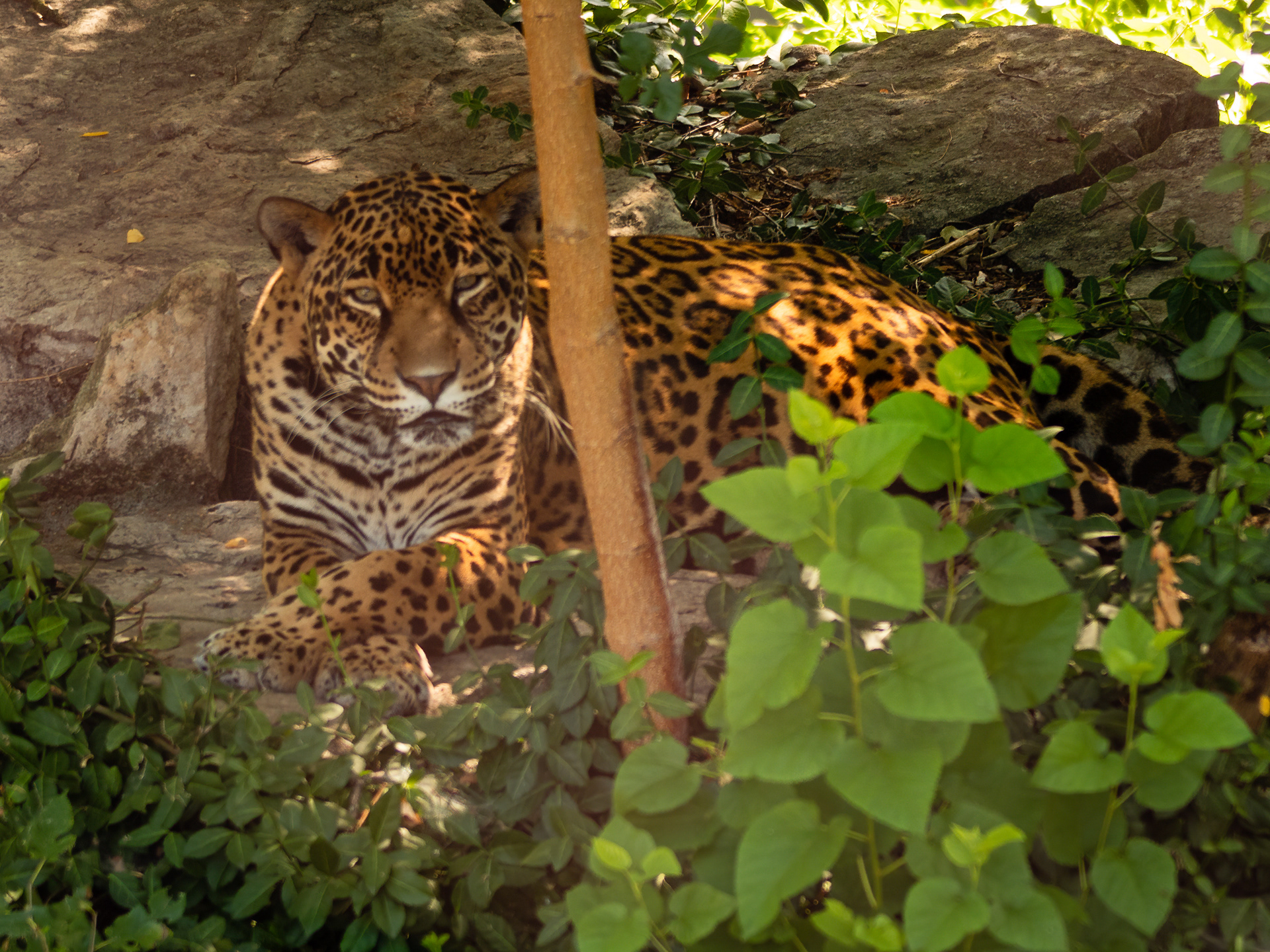
Leopard relaxing
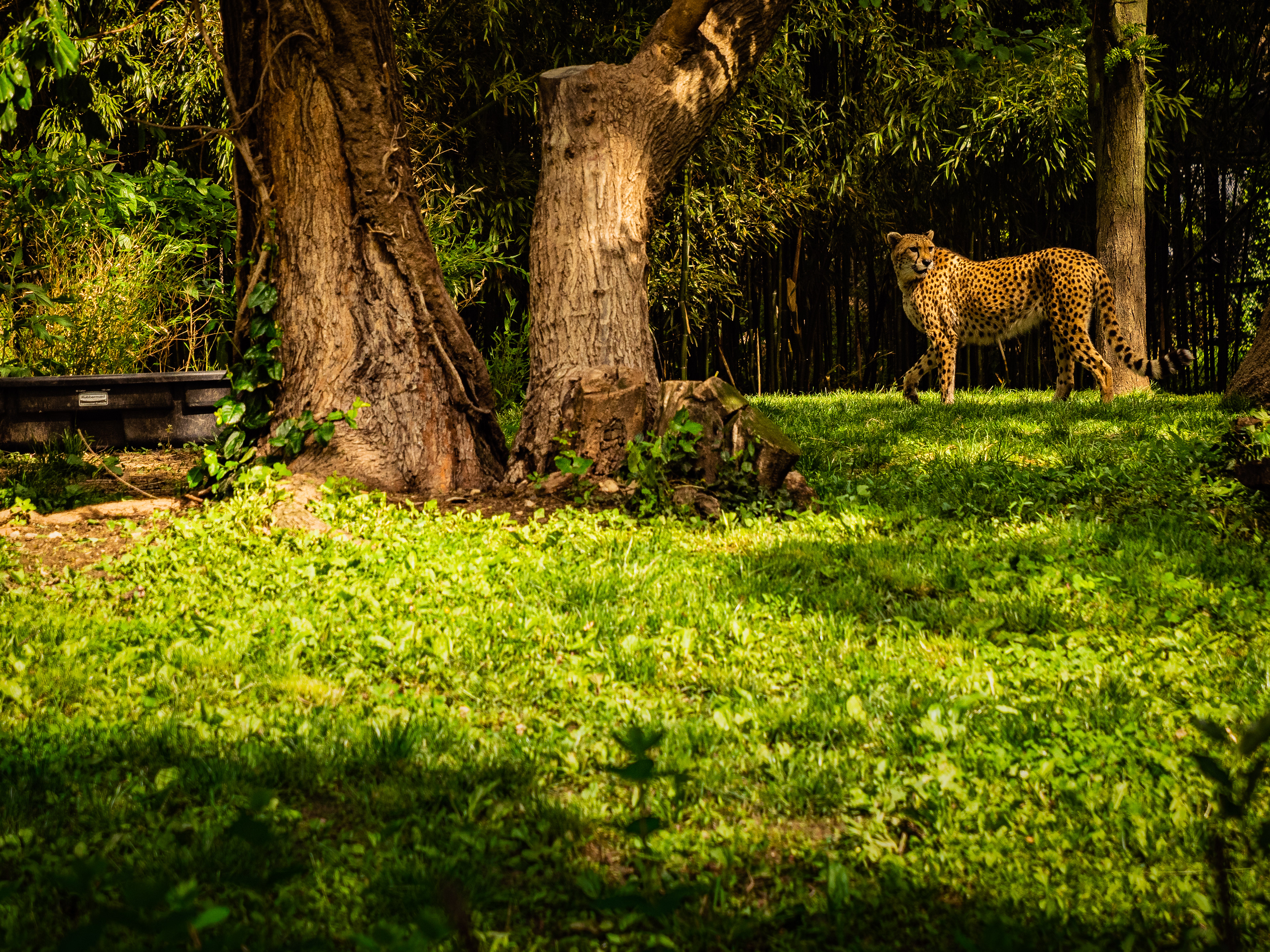
Cheetah hunting
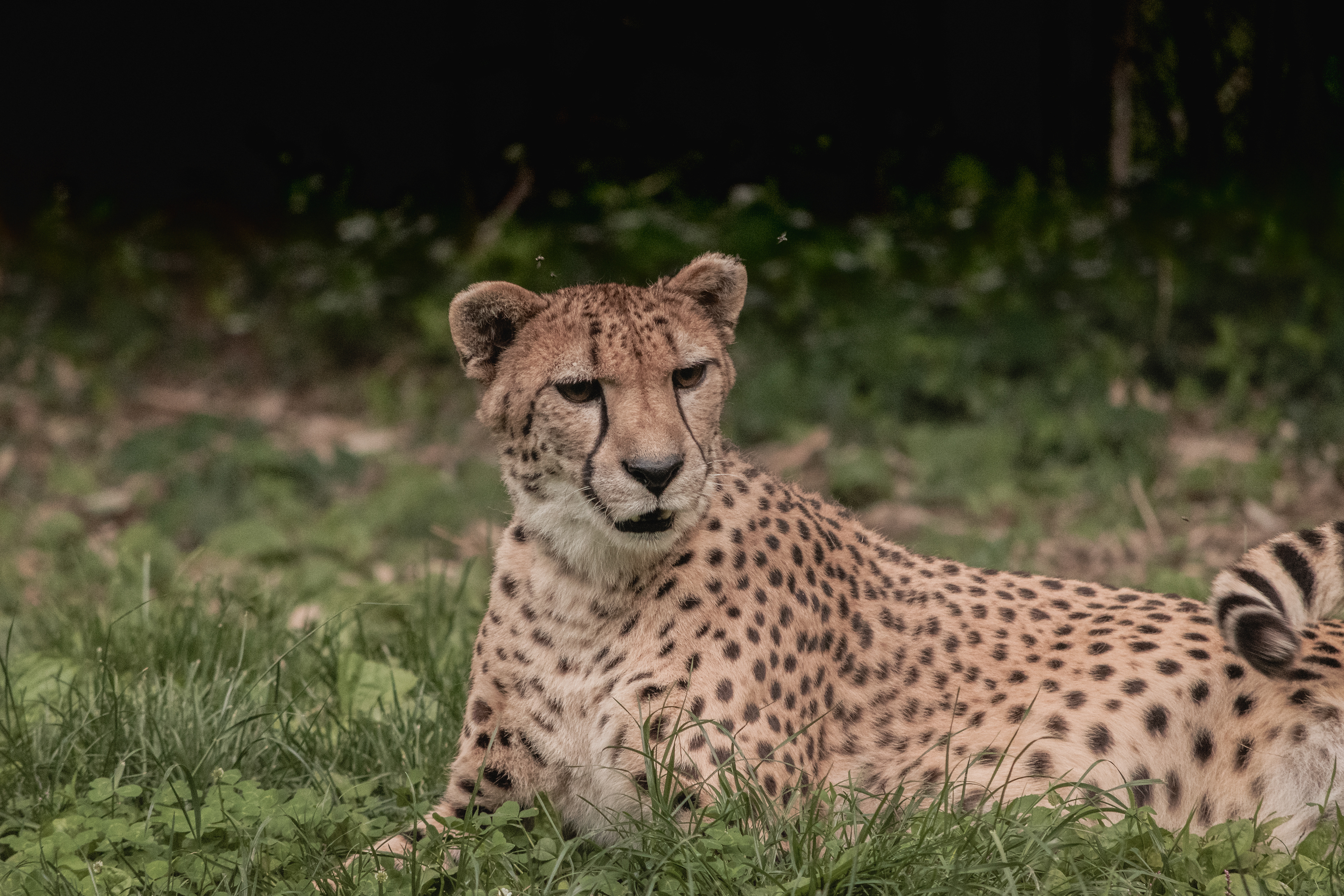
Cheetah resting
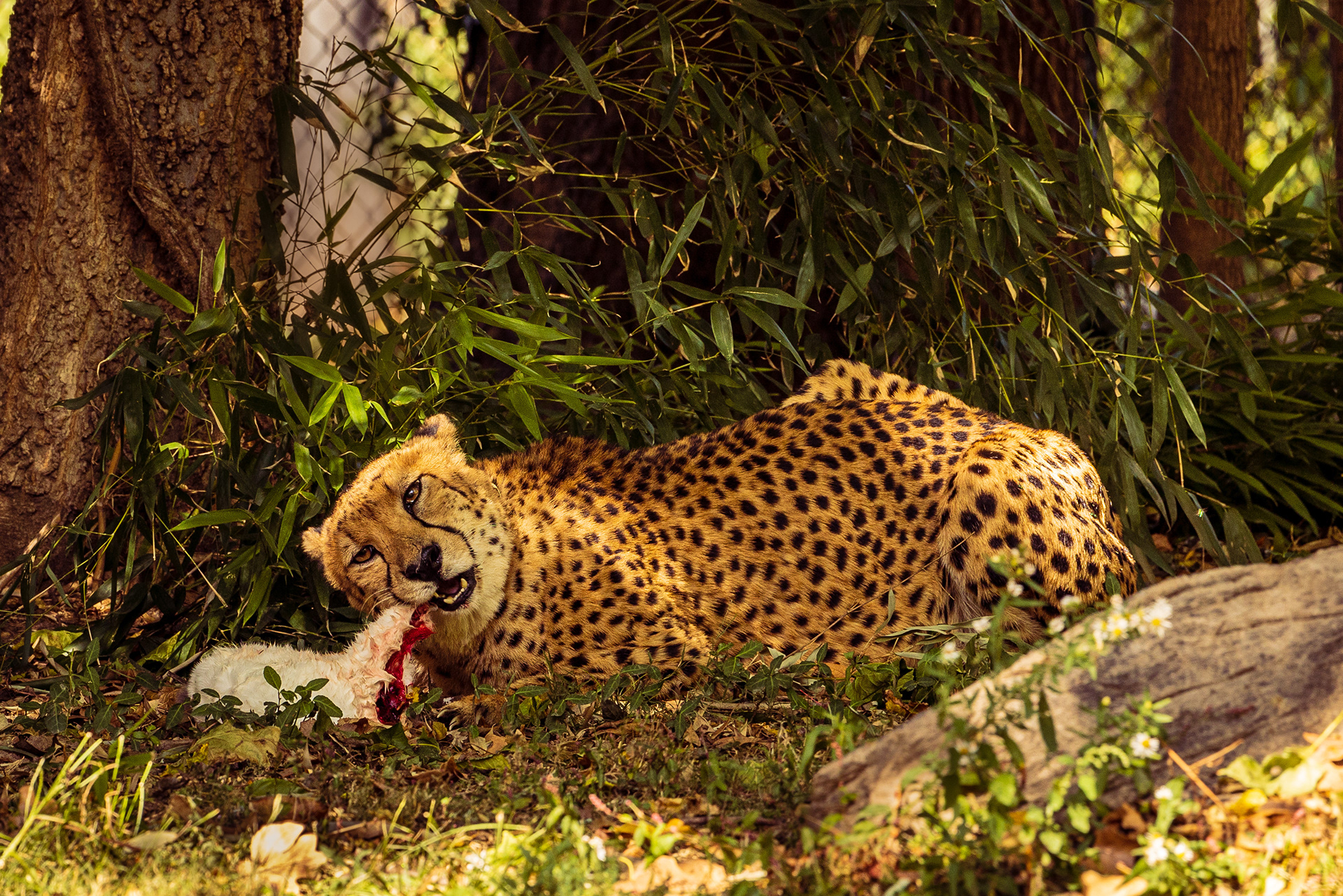
Cheetah with Rabbit
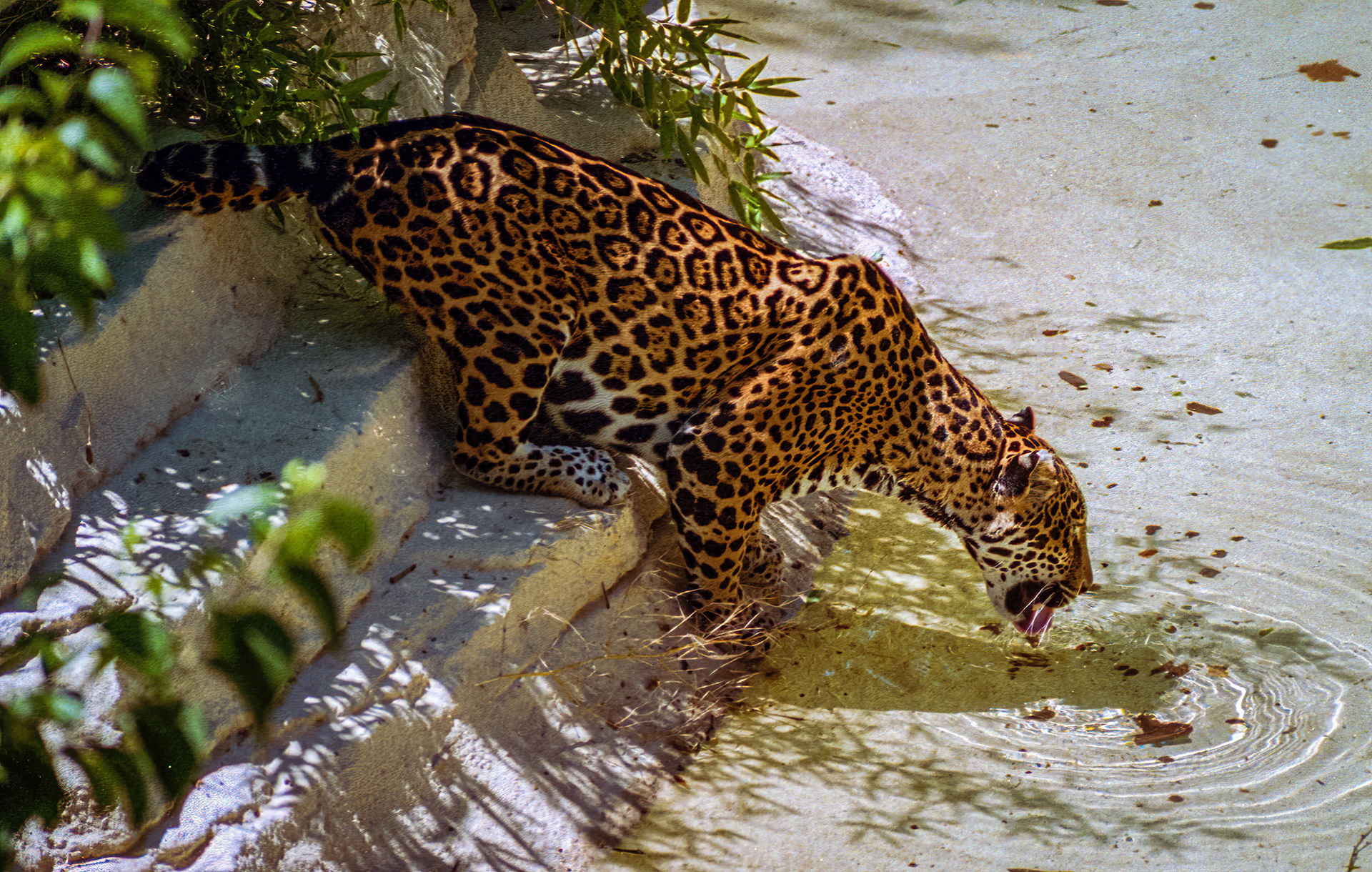
Leopard Drinking
Lions: A Photographer’s Perspective
Photographing lions is an exhilarating experience that combines technical skill, patience, and respect for nature. From a photographer's perspective, here are some key insights and tips to keep in mind when capturing the majesty of these big cats: Commercial photographers and fine art photographers produce high quality images and photographers tend to specialize, into portrait photographers, landscape photographers, etc. While there are many types of photographers and many types of photography, the professional photographer can produce imAGES OF LIONS, TIGERS, LEOPARDS AND CHEETAHS AS WELL AS OTHER interesting images.
1. Preparation is Key
Research the Habitat: Understand the terrain and behavior of lions in the area you’re visiting. This helps you anticipate their movements and find the best vantage points.
Gear Selection: A DSLR or mirrorless camera with a telephoto lens (e.g., 200-400mm) is essential for maintaining a safe distance while capturing close, detailed shots.
Settings: Use a fast shutter speed to freeze movement, especially if lions are on the move or during action sequences like hunting or playing.
2. The Magic of Timing
Golden Hour: Early mornings and late afternoons offer the best light, creating warm tones that add depth and drama to your shots.
Behavioral Patterns: Lions are often more active during cooler parts of the day. Look for opportunities to capture unique moments like interactions within the pride, hunting, or cub play.
3. Composition Matters
Eyes as the Focus: Lions’ eyes are incredibly expressive. Centering them in the frame can create a powerful connection with viewers.
Rule of Thirds: Position the lion off-center to create a dynamic composition that feels more engaging and natural.
Include the Environment: While close-ups are stunning, wide-angle shots showing the lion in its natural habitat can tell a more compelling story.
4. Patience and Respect
Blend In: Stay in your vehicle or use a blind to avoid disturbing the animals. A calm presence ensures the lions remain at ease.
Wait for the Moment: Some of the best shots come from hours of waiting. Be patient and ready to capture fleeting expressions or interactions.
Respect Their Space: Never provoke or get too close to lions. Safety for both you and the animals is paramount.
5. Creative Challenges
Low Angles: Shooting from a lower angle makes the lion appear more imposing and gives the image a unique perspective.
Backlighting: If positioned well, backlighting during sunrise or sunset can create dramatic silhouettes or halos around the lion’s mane.
Action Shots: If you're lucky to witness a chase or hunt, use continuous autofocus and burst mode to capture the intensity.
6. Post-Processing
Enhance Without Overdoing: Subtle adjustments to contrast, sharpness, and color can bring out the lion’s features and the mood of the scene without making it look unnatural.
Black and White: Stripping away color can add timelessness and drama, emphasizing textures like the lion’s mane and fur.
Final Thoughts
Photographing lions is more than just about getting the perfect shot—it’s about immersing yourself in their world and telling their story through your lens. Every roar, gaze, and stride holds a tale of the wild. So, take your time, respect their majesty, and let your photography capture the awe they inspire.
All of these images and nearly 2000 more are available for sale. Click the LinkArtworks are available in many styles and sizes—wall decor including Metal, Acrylic, and Canvas. Even cards and stationery! There are gifts for the home such as throw pillows/covers, tapestries, duvet covers, shower curtains, fleece blankets, and beach and bath towels. One-of-a-kind personal and fashion items include tote bags, phone cases, t-shirts and sweatshirts, mugs, yoga mats, and spiral notebooks.
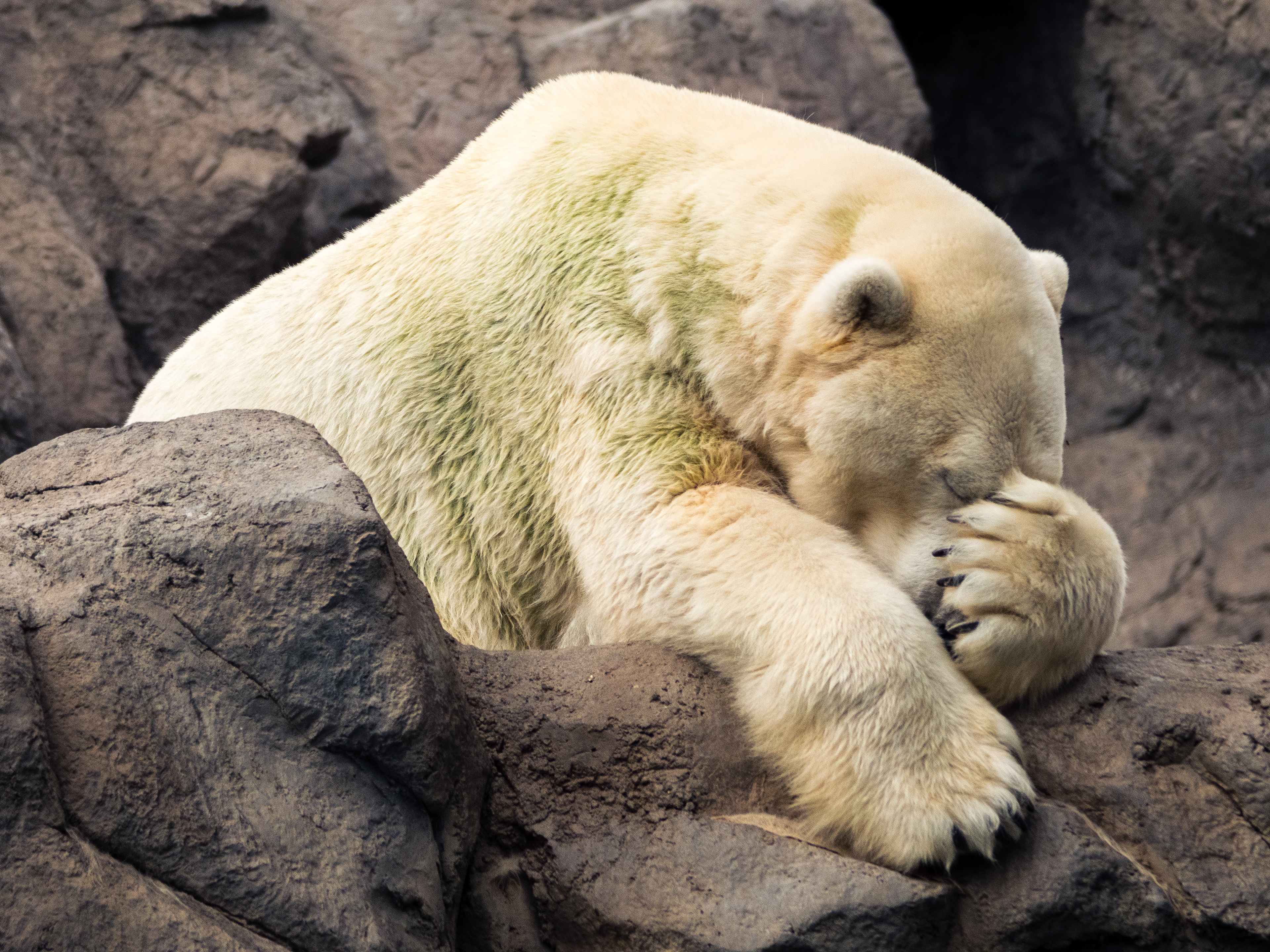
Polar Bear

